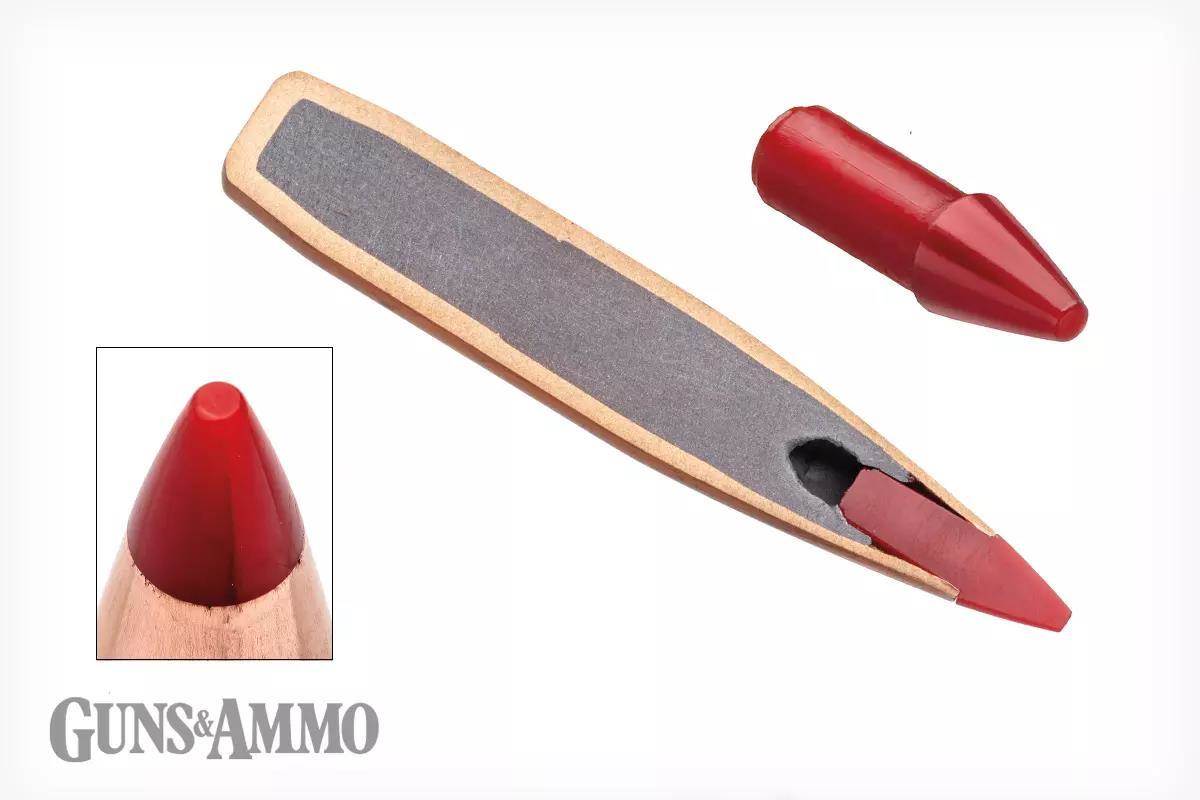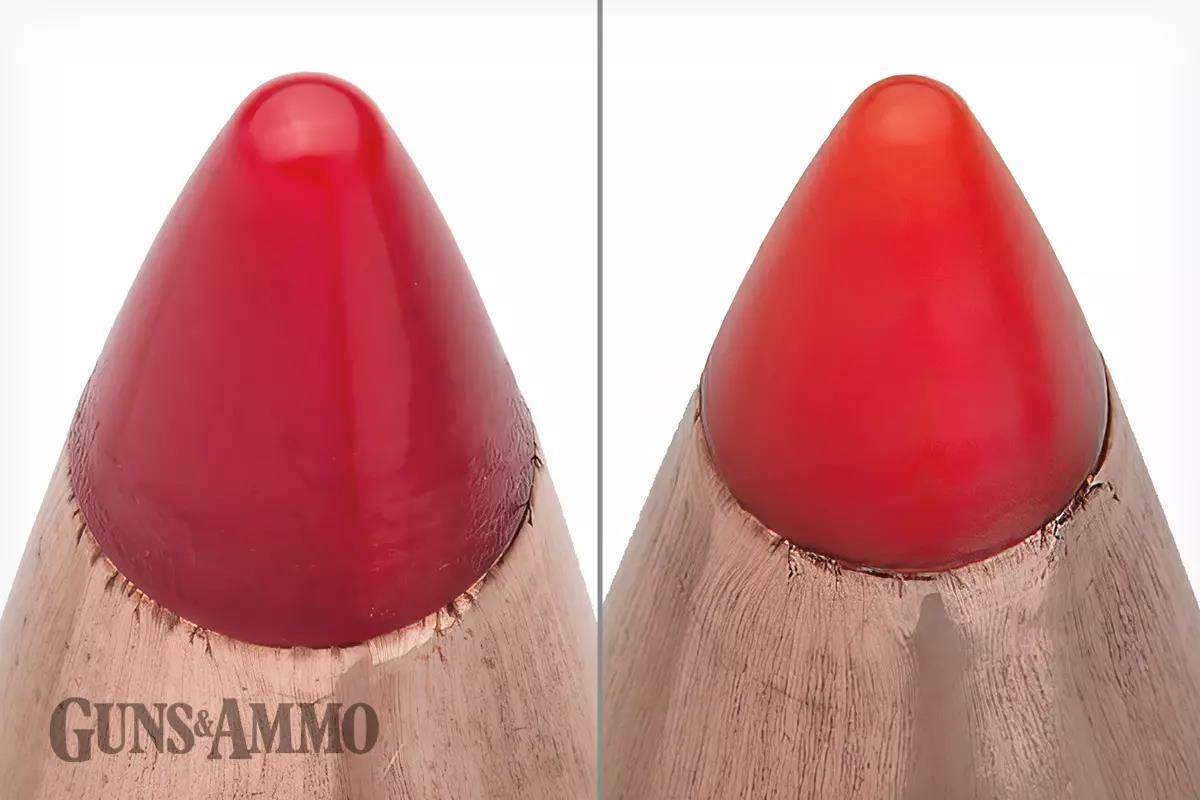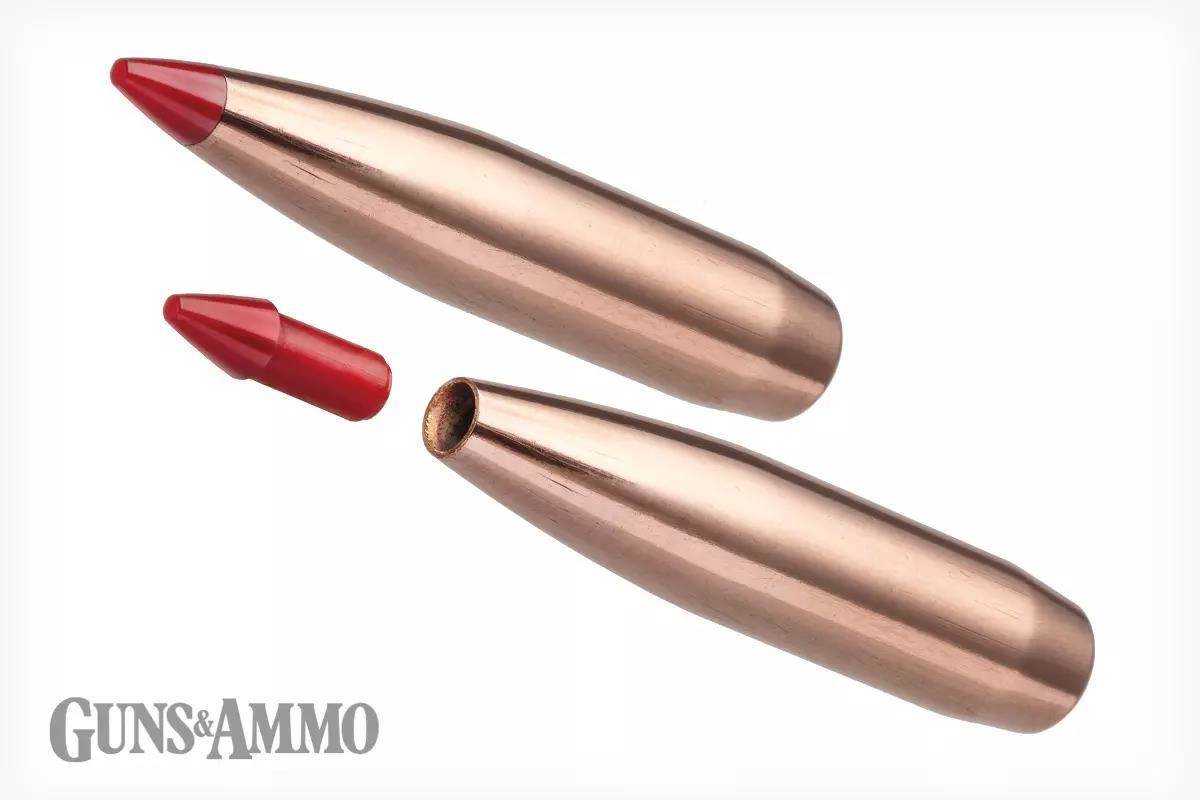About 10 years ago, Hornady Ballisticians Dave Emary and Joe Thielen wandered into Jason Hornady’s office requesting sophisticated instrumentation that would allow them to explore bullet science. The two pieces of equipment were expensive, even by industrial standards. Jason replied, “Well, Dad’s out of town. Pick one and make it happen fast. Like, today!”
After beating a hasty retreat, the ballistics lab came into possession of a Doppler radar that could track bullets in flight beyond 1,000 yards. The radar unit measured the bullet’s location every few inches and provided a new level of resolution in what bullets do when they fly through the air.
Possession of a radar unit is far from the only piece of the puzzle needed when trying to advance bullet science. The radar unit generated raw data that had to be processed and analyzed, and that required time. The amount of shooting done in half a day took the two ballisticians the rest of the week to process and analyze.
One of the first observations using the new radar system was the overall drag on polymer-tipped bullets; it was higher than expected. The math didn’t add up. Eventually, they realized the bullet’s polymer tip was getting hot and deforming in flight, lowering its aerodynamic properties. This prompted the development of Hornady’s Heat Shield tip, announced in October 2015 with the ELD bullet line. However, Hornady also saw that the higher overall drag from the deformed noses was wonderfully consistent.
Advertisement
Having consistent drag among bullets is one of the most important ballistic factors for accurate long-range shooting. While there are a number of variables that influence a bullet’s flight, almost all can be made consistent. The big influencers are the load — specifically the powder used and how it interacts with the barrel — the barrel, the muzzle device and wind conditions. Each of these factors influences how much drag the bullet generates in flight. Except for wind, none of them change significantly between each shot. Since these influential factors remain measurably consistent, the reason why bullets don’t behave as predicted is called “drag variability.” Hornady can demonstrate drag variability by shooting groups simultaneously at 100 yards and 1,000 yards. Acoustic sensors around the edges of an open window target frame plot where bullets land on a grid. The bullets don’t pass through any paper, so flight is uninterrupted. On a windless day, the group at 100 yards should look similar to the group at 1,000 yards. Often it is, but sometimes it isn’t. The reason why is that drag varies by projectile, creating different impact heights relative to the group. For instance, drag variability explains why a round that was highest in the group at 100 yards can be in the middle of the group at 1,000 yards.
The Doppler radar system made Hornady realize that heat was causing the old polymer tips to deform, but it didn’t explain why those same bullets had the most consistent overall drag. It took no time for Hornady’s ballisticians to understand that low drag variability is a highly sought-after feature for long-range precision shooters, so they began exploring why. This process involved shooting multiple types of projectiles, from lathe-turned monolithic bullets with needle-sharp noses to relatively blunt spire-point bullets. It wasn’t surprising that needle-sharp noses frequently yielded the lowest overall drag, but those bullets had the highest drag variability.

The breakthrough came little by little when comparing overall drag plots to Schlieren photos of bullets in flight. A Schlieren photo is a high frame rate photo that captures the shock waves that form on bullets in supersonic flight. There are almost always two waves that form on any bullet — one at the nose and one on the shank — sometimes more depending on the bullet shape. If you’ve ever manned a target board in the pits at a rifle range, the crack heard in the pits is the shock wave from the bullet passing overhead. This phenomenon only occurs in supersonic flight.
Advertisement
Looking at photos and comparing drag curves showed Hornady that the most consistent drag curves occurred when the shock wave that formed on the bullet’s nose wasn’t attached to it. The reason the old polymer tips yielded such consistent drag curves was the blunt nose provided enough resistance in flight to keep the shock wave from ever attaching directly to or touching the bullet’s nose. Bullets with sharp or very “pointy” noses had the lowest overall drag, but were also the most inconsistent because the shock wave attached directly to the bullet in flight. That attachment location varied ever so slightly from one bullet to the next, so the overall drag also varied between shots.
I can already hear the screaming: Tom said bullets with blunt noses have the most consistent drag and are the best for long-range accuracy! That is not true. I said a small blunt area on the very tip of the bullet’s nose creates the most consistent drag and is best for long-range precision shooting. Hornady’s testing has proven this statement time and again, and anyone with the proper instrumentation can test and verify it. Also, I’m not talking about a blunt nose as you might imagine it. The flat spot on the very tip of the bullet will be measured in hundredths of an inch and requires close inspection to be noticed.
Hornady figured this out several years ago and already implemented the small flat nose on most of its polymer-tipped projectiles. Hornady A-Tip bullets only come with a flat spot on the nose because Hornady made this discovery prior to the A-Tip introduction in April 2019. Should anyone feel pressed to inspect Hornady bullets for said flat spots on the nose, know that each caliber of projectile has a different size flat spot. This is because there is an ideal ratio of flat spot diameter to bullet caliber necessary to create the most consistent drag models possible.

Until now, drag variability has seen limited discussion. Several hypotheses have been put forward, however, no one has disclosed their findings through testing while simultaneously sharing the methodology of how they came to their conclusions.
What does this mean for the rifle-shooting community? If the smallest groups possible are a top priority, or hitting small targets at 600 yards and beyond is important to you, pay attention to a bullet’s nose. Greatly reducing drag variability will make a meaningful difference in those scenarios.
Most casual rifle shooters and hunters will likely not benefit as much from this new discovery because the performance improvements found in reducing drag variability will be buried under other more prevalent accuracy issues. At least now we know a significant contributing factor to drag variability and, to steal a quote from my childhood cartoons, “Now you know. And knowing is half the battle.”
Sound Off
Interested in the finer details of bullet design and how it affects performance? Let us know by emailing [email protected] using “Sound Off” in the subject line.
Read the full article here





